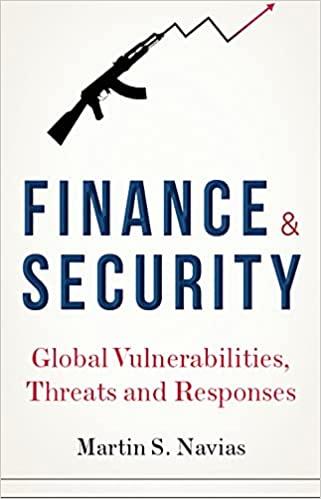Youve just started a business that makes Ultimate Cubes. The cost of goods sold for each cube is $13 and you sell them for $21
Youve just started a business that makes Ultimate Cubes. The cost of goods sold for each cube is $13 and you sell them for $21 each. You start the company on December 31st, 2023. At that time, you have enough inventory to make 700 cubes, you have $8,000 of cash on hand. You begin by making them in your garage. You purchased equipment used to make the cubes for $40,000 which have no salvage value and will depreciate evenly over 5 years. To finance your assets, you take out a $35,000 loan which will be due on December 31st, 2026. The entire principal value will be due on that date, and you will need to make an interest payment of 7% of the principal value on December 31st, 2024, on December 31st, 2025, and pay off the principal plus the interest payment on December 31st, 2026. The portion of assets not financed with debt will come from an equity investment from you.
1st year activities During the 1st year of business, you sold 3,000 cubes. At the end of the year, you have enough inventory on hand to build 850 cubes. You began purchasing on credit near the end of the year and have $4,000 in accounts payable at the end of the year. You allowed one customer to purchase on credit and have accounts receivable of $2,000 at the end of the year. You paid yourself a salary of $6,000 during the year. The companys income tax rate is 15%.
2nd year activities The production of the cubes has overwhelmed your garage and has taken over a portion of your house. To maintain familial harmony, you rent space at $800 per month to build your cubes. This will begin on January 1st, 2025. You also purchase $20,000 in equipment on January 1st, 2025, which will also be evenly depreciation over the next five years with no salvage value. You sold 6,500 units during the year. You once again paid yourself a $6,000 salary and took $10,000 in dividends during the year. At the end of the year, you had $2,500 in accounts receivable and $4,400 in accounts payable. You have enough inventory on hand to make 1,000 cubes. You owe your landlord $800 for the previous months rent (this is an accrued expense). The companys income tax rate is 15%.
3rd year activities During the third year, your sales increased to 12,000 units. You increased your pay to $40,000 per year and the company owed you $20,000 of that at the end of the year. You have enough inventory to produce 1,200 units at the end of the year. Once again, you owe your landlord $800 at the end of the year and your rent amount remained at $800 per month. Accounts Receivable were $5,000 at the end of the year and accounts payable were $6,000. You pay off the $35,000 loan on December 30th, 2026. The companys income tax rate is 15%. You pay yourself $30,000 in dividends during the year.
So I need a balance sheet, an income statement, and a statement of cash flows. please show your work so I understand it. Thanks for everything. it is three years. 2024,2025,and 2026. however the balance sheet also has the year 2023.
Balance sheet: 2023,2024,2025,2026
current assets
cash
accounts receivable
inventory
total current assets
fixed assets
gross fixed assets
accumulated depreciation
net fixed assets
total assets
current liabilities
accounts payable
accrued expenses
notes payable
total current liabilities
long term liabilities
common equity
retained earnings
total liabilities and equity
Income statement: 2024, 2025,2026
net sales
COGS
gross profit
selling, general, and admin expenses
rent expense
depreciation expense
earnings before interest and taxes
interest expense
earnings before taxes
income tax
net income
dividends paid
additional to retained earnings
Statement of cash flows: 2024, 2025, 2026
Net income
add: depreciation expense
change in accounts receivable
change in inventory
change in accounts payable
change in accrued expenses
cash flows from operations
cash from the sale of investments
investment in fixed assets
cash flow from investing activities
cash from the issuance (payments) of notes payable
cash from the issuance (payment) of long term debt
cash from the issuance (repurchase) of equity
dividends paid
cash flows from financing activities
net cash flow
beginning cash
change in cash
ending cash
Step by Step Solution
There are 3 Steps involved in it
Step: 1

See step-by-step solutions with expert insights and AI powered tools for academic success
Step: 2

Step: 3

Ace Your Homework with AI
Get the answers you need in no time with our AI-driven, step-by-step assistance
Get Started


